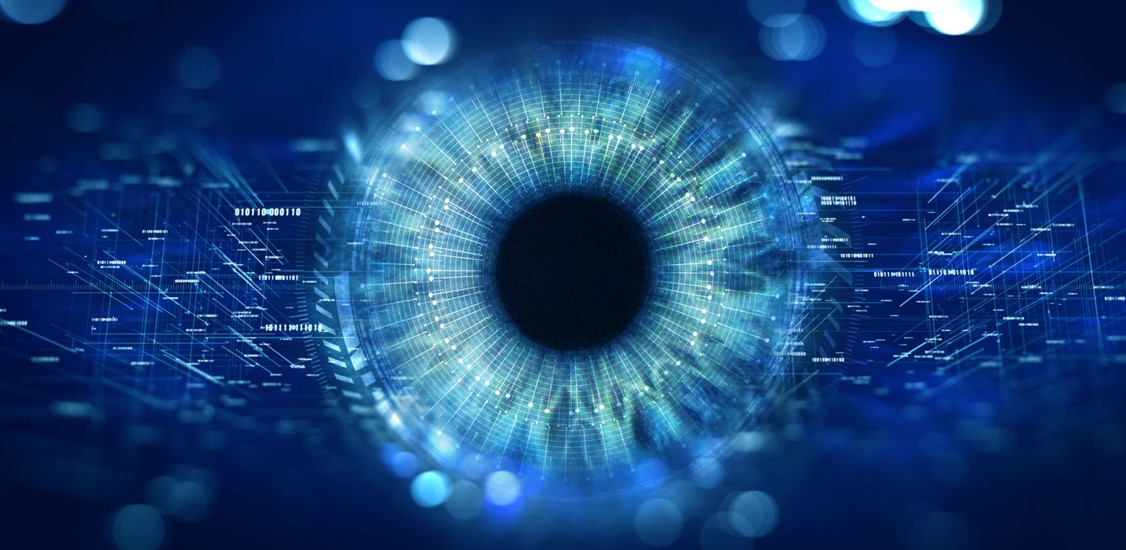In recent years, the increased connectivity capabilities of massive data aggregation devices have led to a growth in the investment and adoption of emerging technologies and new applications. Advances in artificial intelligence (AI), automation, robotics, computing, and the intersection of these technologies have become a focus for many organizations, agencies, and companies across a multitude of industry sectors.
IEEE Standards Association (IEEE SA) expects to see four foundational technology trends of note this year about data governance and AI, automation using robots, edge computing, and the metaverse.
#1: The Increasing Importance of Data Governance
The widespread adoption of AI and machine learning (ML) brings increased focus on responsibility, including data governance and privacy of software-based systems. From the perspective of building customized systems, trust and interoperability are key. There are multiple elements to trust, consisting of identity, privacy, protection, safety, and security (TIPPSS), underpinned by the focused work of the IEEE SA Foundational Technologies Practice.
The original design of most digital technologies did not anticipate being used by children. It has been estimated that one child in three is currently an internet user and that one in three internet users is a child under 18 years of age.
IEEE SA is at the forefront of the discussion and action with a focus on designing trustworthy digital experiences for children. The standards addressing children’s data governance include the IEEE 2089™ Standard for Age-Appropriate Digital Services Framework; the IEEE P2089.1™ Standard for Online Age Verification; and the IEEE 3527.1™ Standard for Digital Intelligence (DQ).
IEEE P7000™ Standards Working Groups and Projects set standards for ethically aligned autonomous and intelligent systems. These efforts are aimed at helping organizations better earn and keep the trust of end users and stakeholders by directly addressing ethical concerns upfront.
IEEE SA published the IEEE 3652.1™ Standard for Architectural Framework and Application of Federated Machine Learning to portray a secure data source that preserves privacy. This guide serves as a blueprint for organizations to use federated machine learning systems.
#2: Automation Using Robots
The constant evolution of technology also plays a significant role in developing robotic systems.
In the healthcare sector, we now see medical robots as enablers of “hospitals at home,” whereby robots perform tasks such as dispensing medication and enabling video chats with healthcare workers.
Robotics in a factory environment have evolved to include material handling and pick-and-place tasks, completing them faster and more efficiently than human labor, and helping speed up the workflow of organizations.
The most pressing challenge for these use cases, nonetheless, is a lack of human intervention. Robots do not have the same level of emotional intelligence as humans, making it difficult for them to connect with people. The cost of robots and maintaining them is expensive. Additionally, privacy and security are priority concerns.
IEEE SA, in conjunction with the IEEE Robotics & Automation Society (RAS), is at the forefront of standards development that can advance the reusable, scalable, more expedient, and less costly evolution of trustworthy autonomous robots.
#3: Edge Computing
Edge computing has recently become mainstream since the emergence of unstructured data. Edge computing is the practice of capturing, storing, processing, and analyzing data near the client, where the data is generated, instead of in a centralized data-processing warehouse.
It is predicted that the edge computing market will grow from an already sizeable amount of $44.7B in 2022 to $101.3B by 2027 at a Compound Annual Growth Rate (CAGR) of 17.8%. This is attributed to the number of applications pushing the adoption of edge computing and recent market acceptance.
In fact, by 2023, it is estimated that more than 50% of new enterprise IT infrastructures will be deployed at the edge. However, along with the growth and promising advantages of edge computing is the need to address specific core issues, particularly those related to privacy and security, including data protection.
Edge Computing provides low latency, decentralized and dedicated bandwidth, and is generally more secure. From a performance standpoint, edge computing can deliver much faster response times - locating key processing functions closer to end users significantly reduces latency. As more applications come online and IoT adoption increases, additional industries will continue to rely on the edge.
IEEE SA has a range of standards for edge computing and in the overall space of the edge-fog-cloud continuum, which will enable numerous industry vertical applications, including healthcare, telecoms and connectivity, mobility, energy, and more.
#4: Metaverse
The metaverse is the latest technology trend capturing public attention. The metaverse will impact the future of our digital world, but when it comes to fruition and what it will include are yet to be agreed upon.
What we do know is that virtual technology is a key component, enabling immersive communication experiences through location and context-aware digital services, as well as sensory experiences, such as truly immersive extended reality (XR) and high-fidelity holograms.
Designing and building metaverse environments comes with many challenges, ranging from technical issues to socio-technical considerations. The metaverse is made possible through the convergence of many diverse technologies, including quantum computing, for new applications. IEEE SA is at the forefront of developing a sweeping range of metaverse-related standards and resources to address these challenges.
As the metaverse continues to evolve, we can expect it to profoundly impact our daily life across all industries and sectors, reshaping the economy and society for all humankind.
Wrapping it up
In 2023 and beyond, we expect that data governance will be a strong focus for telecoms to ensure consumer confidence, protect users’ privacy, and require transparency and accountability by developers. Furthermore, automation and robotic technology will continue to grow with new, innovative applications to help solve problems and create new opportunities. Lastly, we expect the edge computing market to expand rapidly, bringing significant business benefits and highlighting the need for standardization.




















